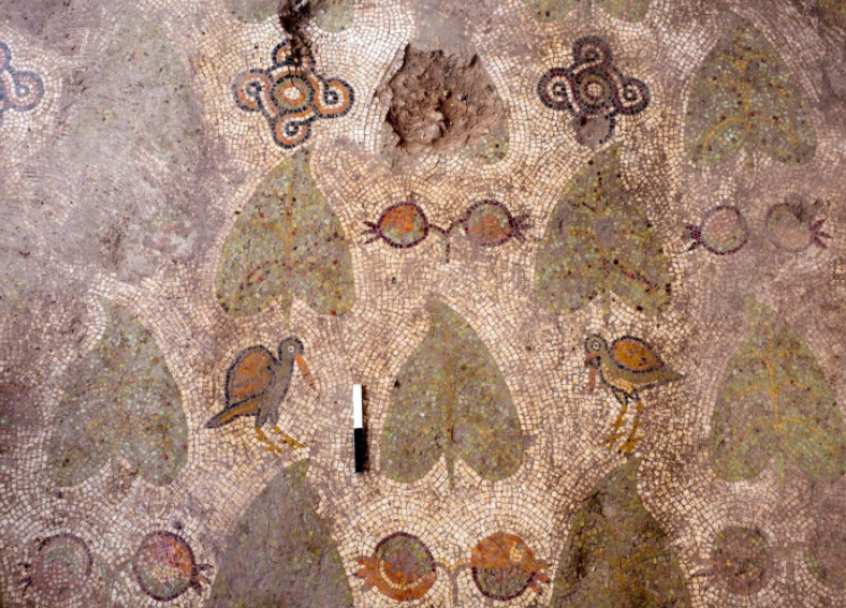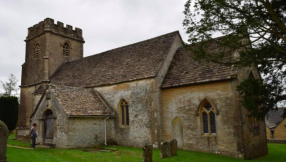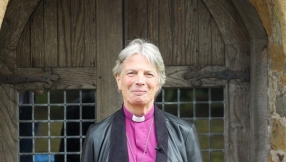A major Christian church or monastery from 1,500 years ago has been discovered by archaeologists who found extraordinary mosaic floors, crosses and iconic Christian architecture at a site in the central Israeli town of Beit Shemesh.
The church is estimated to have been built in the 4<sup>th century, based on the ceramic finds and coinage, and survived and expanded, perhaps into a monastery complex, for around 300 years, through to the 7th century.
The Israeli newspaper Haaretz reported that the discovery began with plans to expand Beit Shemesh and, as is routine when digging for new construction, archaeologists were called in to survey the site, which they do by digging test trenches.
In August, they found ancient stone walls and then last month the diggers, helped by hundreds of teenager volunteers, found the mosaic floors.
'Only when we reached the floor and the associated finds could we call it a church,' Benyamin Storchan, director of the site's excavations for the Israel Antiquities Authority, told Haaretz.
The Beit Shemesh area was reportedly populated mostly by Christians from the time of Emperor Constantine, who ruled from the year 306 AD to 337 and legalised Christianity and made it the preferred religion in the empire. Samaritans and a few pockets of Jews lived in the north of Israel and the Hebron hills, it is believed.
Nonetheless, finding the church was still a 'pure surprise', Storchan said.
Contemporaneous finds from that early Christian community in Beit Shemesh, unearthed in unrelated excavations, include a major wine-producing installation and an olive oil production facility, both of which were found just a minute's walk away from the church, Storchan told Haaretz.

According to Storchan, crosses were also found in the form of jewelry and on the bases of pillars around the site but not with figures of Jesus, with that kind of crucifix appearing from the Middle Ages.
The diggers, including teenagers, also found parts of a chancel screen (a divider), a window post with crosses, and incense burners.
The church faced east, like every other church in the region apart from the Church of the Holy Sepulchre in Jerusalem's Old City, where Jesus is held to have been crucified, buried and resurrected and the Madaba Church in Jordan.
The Beit Shemesh floor art features birds, which are common in ancient Byzantine stone art, but the depiction of leaves and fruit trees is unique. Storchan said: 'I have found no close parallel in any church uncovered in Israel, Jordan or Syria. It's a style that is unique to this place.'
He added in a statement: 'We were surprised by the wonderful state of preservation of the ancient remains, and the richness of the finds being uncovered. The artifacts found in the large building, which seems to be a monastic compound, may indicate that the site was important and perhaps a centre for ancient pilgrims in the Judean Shephelah region.'
The monastery was apparently abandoned in the 7<sup>th century for unknown reasons.













